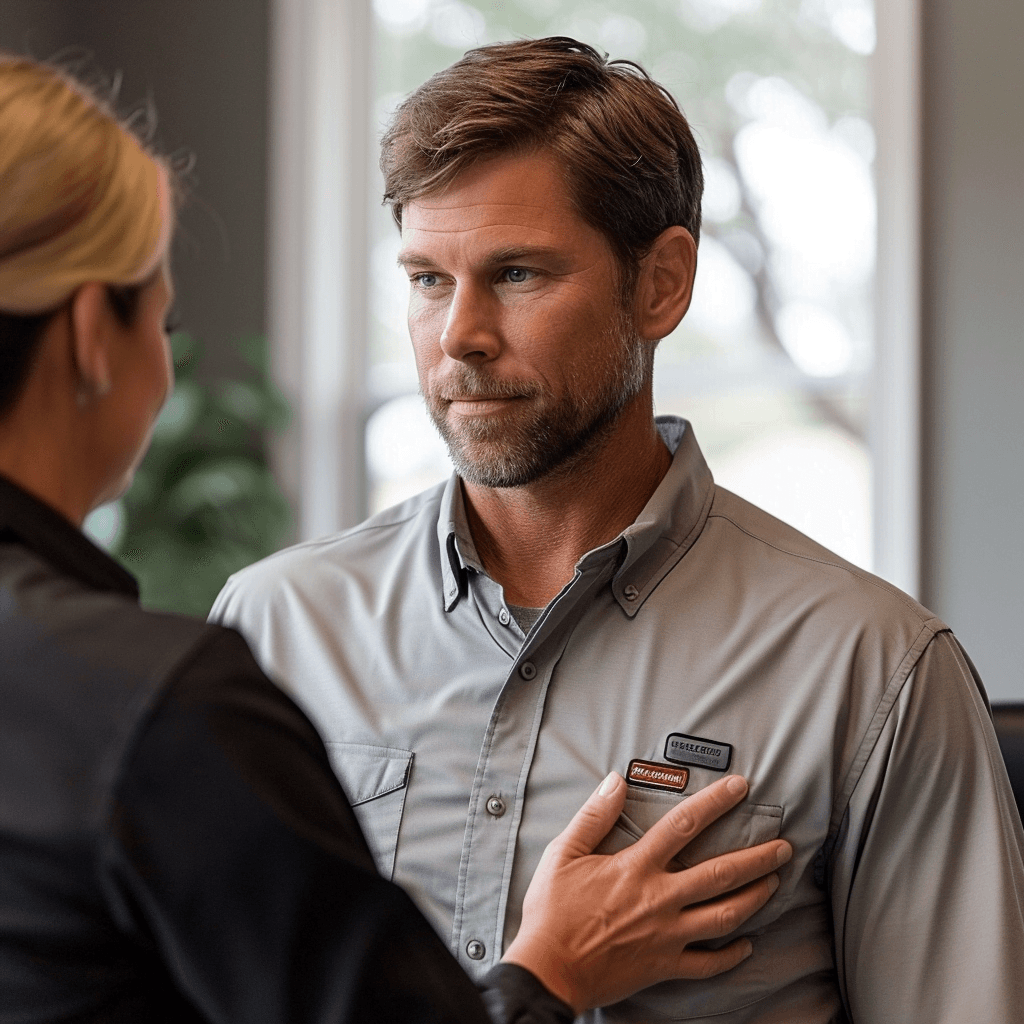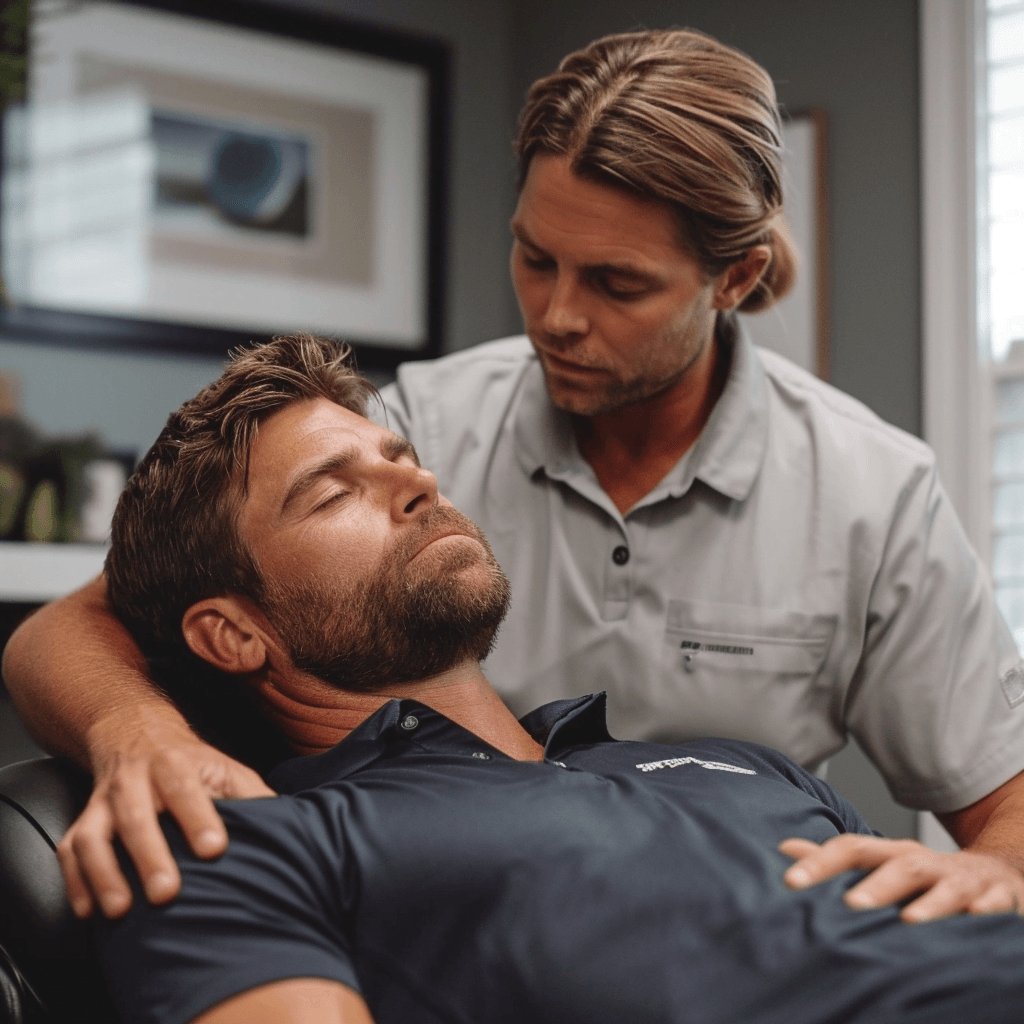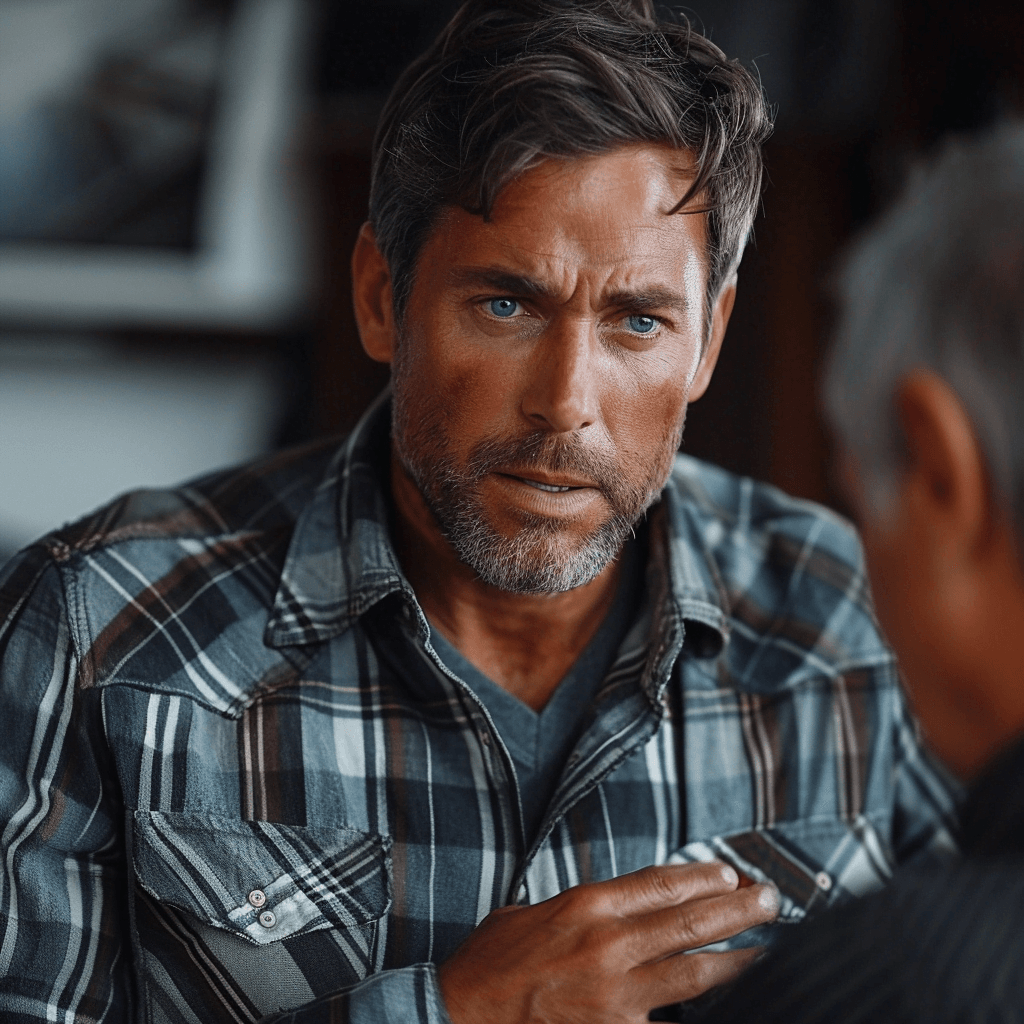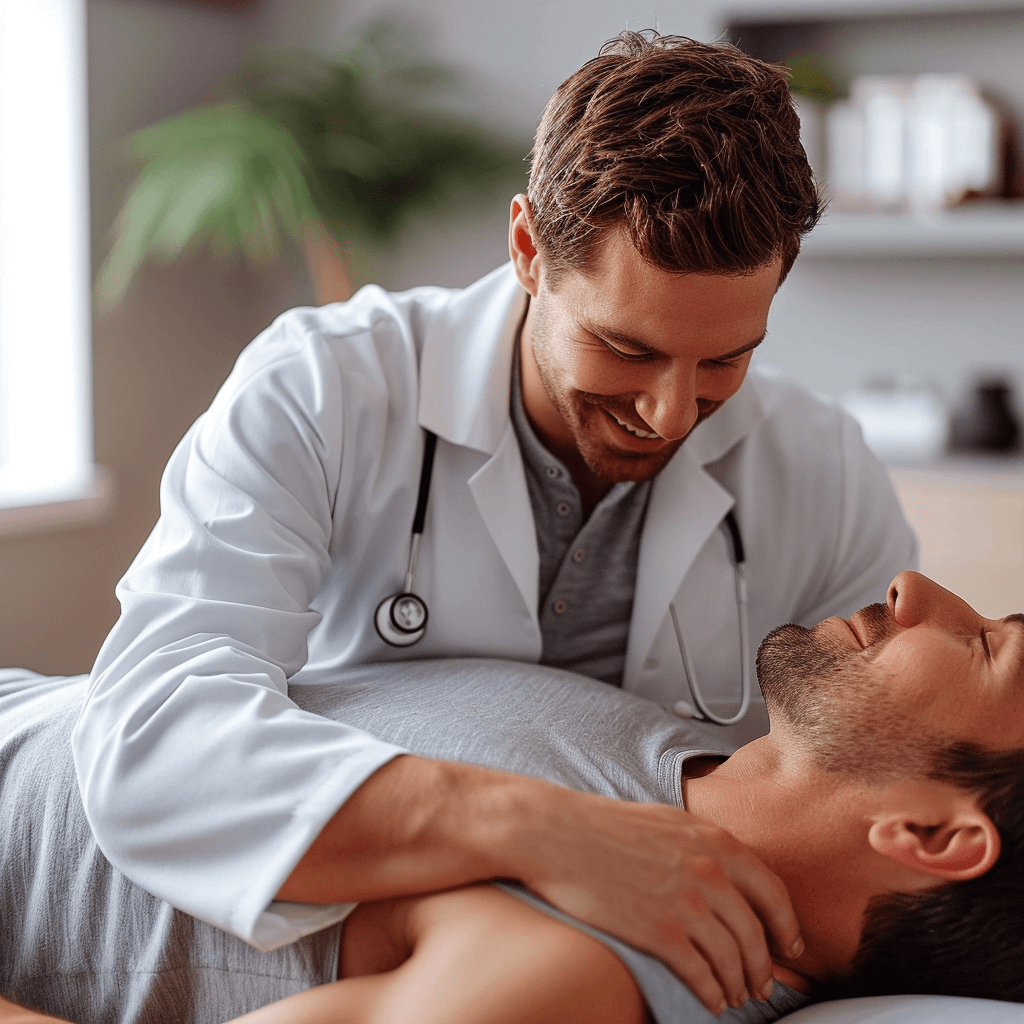Car accidents can lead to various forms of physical trauma, with chest pain being a common and concerning symptom. While some chest pain may be due to cardiac issues, a significant portion is related to musculoskeletal injuries that can be effectively addressed through chiropractic care.
This article explores the chiropractic management of chest pain after a car accident, offering insights into treatment options, complementary therapies, and long-term wellness strategies.
Chiropractic Management of Chest Pain After a Car Accident
Understanding the nature and cause of chest pain is crucial for effective treatment. After a car accident, individuals may experience a range of symptoms, from sharp, stabbing pain to a dull, persistent ache, which can be alarming and discomforting.

Assessing Chest Pain: Cardiac vs. Non-Cardiac Causes
Differentiating between cardiac and non-cardiac chest pain is a critical first step. While cardiac-related chest pain typically requires immediate medical attention, non-cardiac chest pain, often related to musculoskeletal issues, is where chiropractic care shines. A chiropractor will assess the nature of the pain, its location, and associated symptoms to determine the best course of action.
Impact of Car Accidents on Chest and Spinal Health
Car accidents can cause a range of injuries that lead to chest pain, including rib misadjustments, spinal misadjustments, and muscle strains. If not properly addressed, the impact force can jolt the body in ways that lead to long-term discomfort and pain.
Chiropractic Interventions for Chest Pain Relief
Chiropractic care offers a non-invasive, holistic approach to treating chest pain. Through various techniques, chiropractors aim to alleviate pain, restore function, and promote natural healing.
Spinal Adjustment Techniques for Pain Alleviation
Spinal adjustments are a cornerstone of chiropractic care. By correcting spinal misadjustments, chiropractors can relieve pressure on nerves and muscles, reducing chest pain and improving overall spinal health. These adjustments are particularly effective for pain stemming from spinal issues related to car accidents.
Chiropractic Solutions for Rib Misadjustments
Rib misadjustments can be a direct cause of chest pain following a car accident. Chiropractors use specific techniques to readjust the ribs, relieve pressure on the chest, and alleviate the associated pain. These adjustments address the immediate discomfort and help prevent future issues related to the misadjustment.

Addressing Neck and Shoulder Strain Related to Chest Pain
Tightness in the neck and shoulders, often a result of the whiplash effect in car accidents, can contribute to chest pain. Chiropractic care includes treating these areas, ensuring a holistic approach to pain relief. By alleviating tension in the neck and shoulders, chiropractors can reduce the radiating pain that often manifests in the chest.
Diagnostic Approaches in Chiropractic Care
A thorough diagnostic process is vital in chiropractic care to ensure targeted and effective treatment. Chiropractors use various tools and techniques to understand the root cause of chest pain.
Evaluating Spinal and Musculoskeletal Health Post-Accident
Chiropractors conduct comprehensive assessments, including physical examinations and, if necessary, imaging tests like X-rays or MRIs. These evaluations help pinpoint the exact areas of misadjustment or injury, forming the basis for a personalized treatment plan.
Role of Imaging and Testing in Chiropractic Diagnostics
When necessary, chiropractors will use diagnostic imaging to get a clearer picture of the spinal and skeletal structure. This can be particularly useful in complex cases where the exact cause of chest pain isn’t immediately apparent. These tools aid in creating a more effective and targeted treatment plan.
Integrating Complementary Therapies
While chiropractic adjustments are highly effective, integrating other therapies can enhance recovery and provide more comprehensive care.

Incorporating Physical Therapy in Chiropractic Treatment Plans
Physical therapy can be an excellent complement to chiropractic care. Exercises and stretches prescribed by physical therapists can help strengthen the body, improve mobility, and prevent future injuries. When used alongside chiropractic adjustments, patients often see improved outcomes.
Benefits of Massage Therapy in Muscle Relaxation
Massage therapy is another valuable addition to chiropractic care. It helps relax tight muscles, improve circulation, and reduce stress. Massage therapy can significantly relieve patients experiencing chest pain due to muscle tension or strain.
Acupuncture as an Adjunct Therapy for Pain Relief
Acupuncture is known for its ability to relieve pain and promote healing. When used as part of a chiropractic care plan, it can provide an additional layer of pain relief and recovery support, particularly for those dealing with persistent or chronic pain after a car accident.
Long-Term Wellness and Prevention Strategies
Recovery from chest pain after a car accident isn’t just about immediate relief; it’s also about preventing future issues and promoting long-term health.
Rehabilitative Exercises for Sustained Recovery
Chiropractors often prescribe specific exercises to aid in recovery and strengthen the body’s support structures. These exercises improve flexibility, strength, and stability, reducing the risk of future pain and injury.
Postural Correction and Ergonomic Advice for Ongoing Care
Poor posture and ergonomics can exacerbate or even cause chest and back pain. Chiropractors provide valuable advice on how to maintain proper posture and set up a work or living environment that supports spinal health.
Regular Chiropractic Check-Ups for Preventive Health
Regular chiropractic check-ups can help maintain spinal health and prevent the recurrence of chest pain. These visits allow chiropractors to catch and address new or recurring issues before they become more serious problems.
Navigating Post-Accident Recovery and Care
Recovery from chest pain after a car accident is a journey. Understanding the process and what to expect can help make the journey smoother and more effective.

Understanding the Recovery Timeline for Chest Pain
Recovery times can vary widely depending on the severity of the injury and the individual’s overall health. Chiropractors can provide an estimated timeline and help patients set realistic expectations for their recovery.
Lifestyle Adjustments for Enhancing Healing
Lifestyle adjustments, such as diet changes, stress management techniques, and sleep improvements, can significantly impact recovery. Chiropractors often guide patients on how to make these adjustments to support the healing process.
Psychological Impacts of Post-Accident Chest Pain
The psychological impact of a car accident and subsequent chest pain shouldn’t be overlooked. Chiropractors understand this and often work as part of a multidisciplinary team to provide comprehensive care that addresses recovery’s physical and emotional aspects.
FAQs: Addressing Common Queries About Post-Accident Chest Pain
Many patients have questions and concerns about their condition and treatment options. This section provides answers to some of the most common queries.
When to Consult a Chiropractor for Chest Pain
Understanding when to seek chiropractic care is crucial. If chest pain persists after a car accident, especially if it’s non-cardiac and related to the musculoskeletal system, consulting a chiropractor can be a wise decision.
Recognizing Emergency Symptoms Requiring Immediate Care
While chiropractic care is excellent for non-cardiac chest pain, it’s important to recognize symptoms that require immediate medical attention, such as severe, acute chest pain, difficulty breathing, or pain radiating to the arm or jaw.
Prognosis and Long-Term Outlook for Chest Pain Recovery
The long-term outlook for individuals with post-accident chest pain is generally positive, especially with timely and appropriate chiropractic care. Chiropractors can provide a prognosis based on individual assessments and help patients understand what to expect in terms of recovery and future health.

